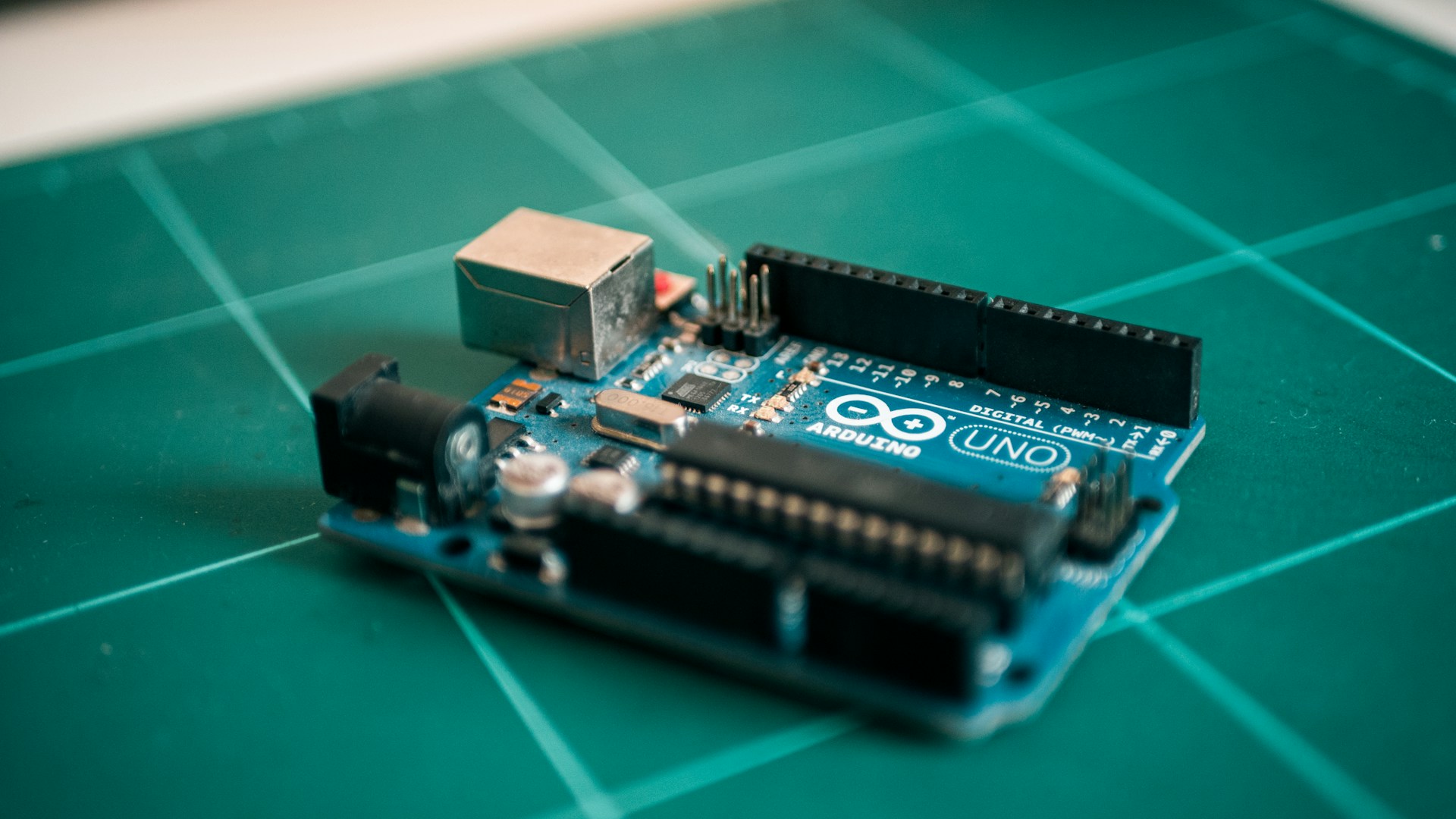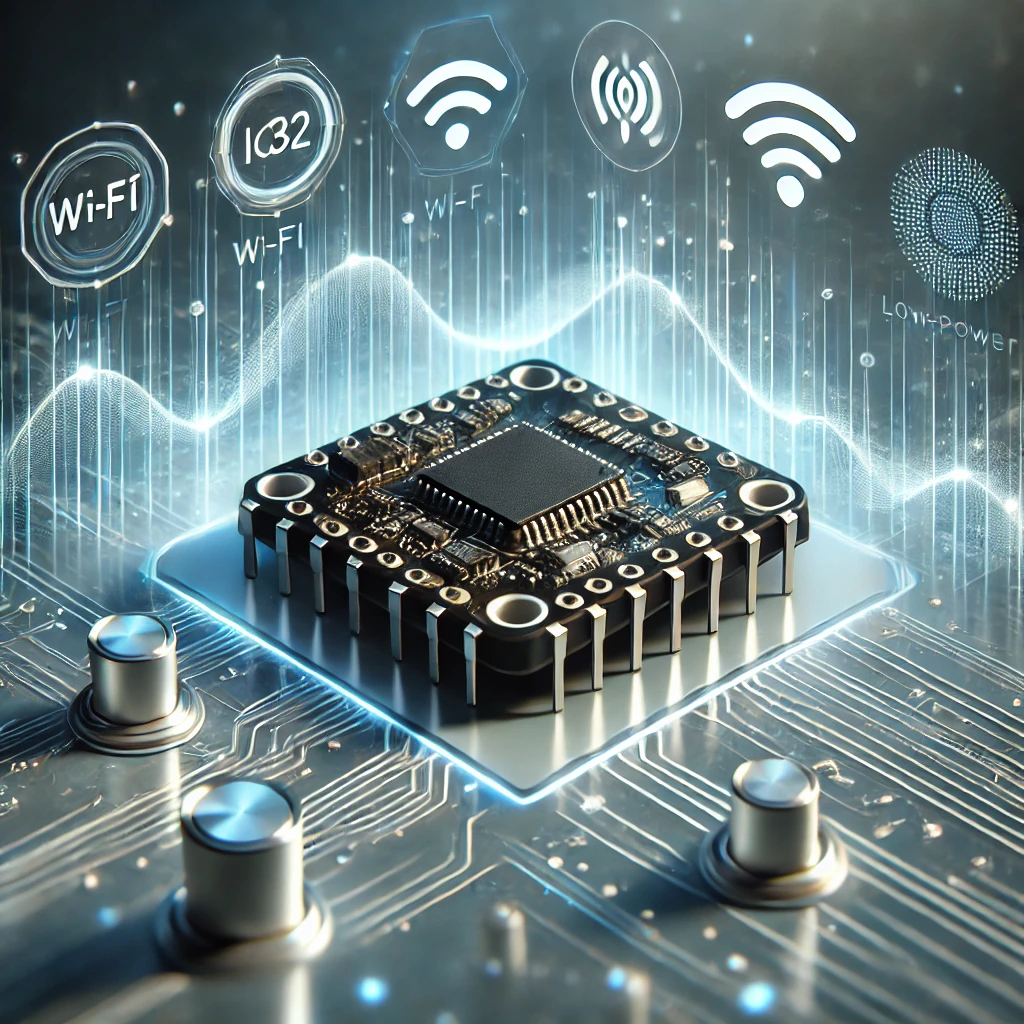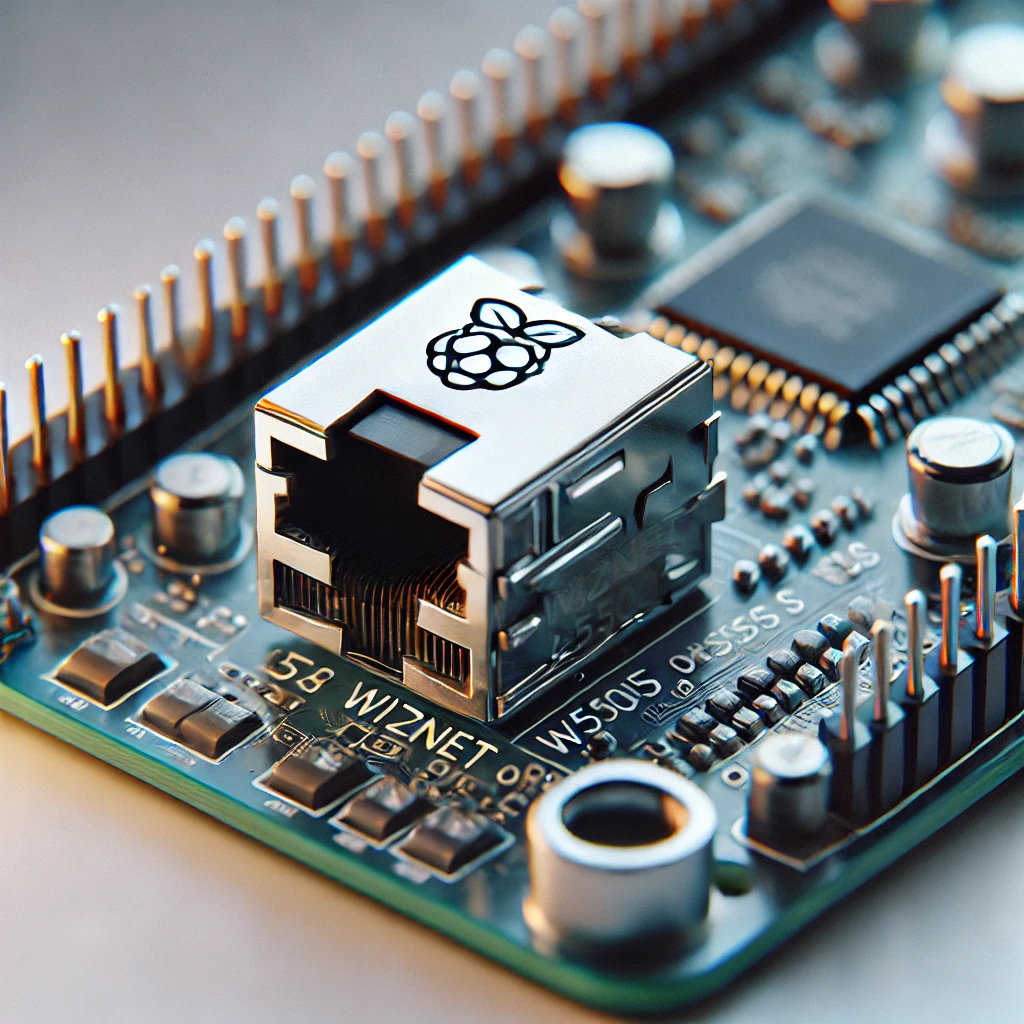Learn about Pi Network’s anticipated Open Mainnet launch in 2024, its impact on cryptocurrency exchanges, and what the future holds for Pi coin as it transitions into real-world applications. Explore the next phase of blockchain evolution with Pi Network’s decentralized platform and developer opportunities.
Pi Network’s Open Mainnet: What to Expect in 2024
Pi Network, a decentralized blockchain project, is on the verge of a major milestone with its upcoming Open Mainnet launch in 2024. This event is expected to significantly expand the utility of Pi coin, allowing users to exchange their tokens for fiat currencies and other cryptocurrencies. The transition to the Open Mainnet is part of Pi Network’s broader strategy to create an ecosystem that supports everyday transactions and decentralized applications (dApps), solidifying its role in the Web3 space.
The network has already achieved remarkable progress, with over 11 million users completing Know Your Customer (KYC) checks, a key step toward ensuring that Pi Network remains secure and decentralized. The KYC process is critical for preventing fraud, and the recent updates have made it easier for users to correct identification errors, paving the way for millions to migrate to the Mainnet blockchain.
Preparing for the Open Mainnet
As the community inches closer to the launch, Pi Network’s developers are working to meet several important milestones. One of the most crucial is the migration of over 10 million verified users to the Mainnet. Additionally, the network is expected to feature at least 100 high-quality dApps, providing real-world use cases for Pi coin. These applications are essential for establishing Pi as a viable cryptocurrency, enabling users to perform everyday tasks such as online shopping, peer-to-peer payments, and more.
The introduction of these decentralized applications is one of the most anticipated features of the Open Mainnet. Developers will be able to build on Pi Network’s blockchain, offering solutions that range from social platforms to financial services. This decentralization will encourage innovation, fostering a vibrant ecosystem that supports the global adoption of blockchain technology.
Pi Coin and its Real-World Utility
Once the Open Mainnet is fully operational, users will finally be able to exchange their Pi coins for other cryptocurrencies or fiat currencies, a long-awaited feature that has kept the community eagerly awaiting its release. Unlike traditional cryptocurrencies like Bitcoin, which rely on energy-intensive proof-of-work mechanisms, Pi coin can be mined using a mobile device with minimal energy consumption. This environmentally friendly approach to mining has attracted millions of users, making Pi Network one of the largest decentralized networks in the world.
The transition to Open Mainnet will mark a significant evolution in the way Pi Network operates, opening up endless possibilities for its native token. From decentralized finance (DeFi) applications to real-world payment solutions, the future of Pi coin is looking brighter than ever.
What This Means for Pi Network Users
For Pioneers, as Pi Network users are called, the transition to Open Mainnet is an exciting step toward realizing the true potential of the network. Completing KYC and migrating to the Mainnet will unlock the ability to participate fully in the decentralized economy. Users who have migrated to the Mainnet will have the opportunity to explore dApps, trade their Pi coins, and contribute to the network’s growth by building and promoting new applications.
As Pi Network continues to meet its milestones, its Open Mainnet launch in 2024 is set to be one of the most significant events in the cryptocurrency space. The network’s focus on decentralization, utility, and user participation positions it as a leader in the next phase of blockchain evolution.





